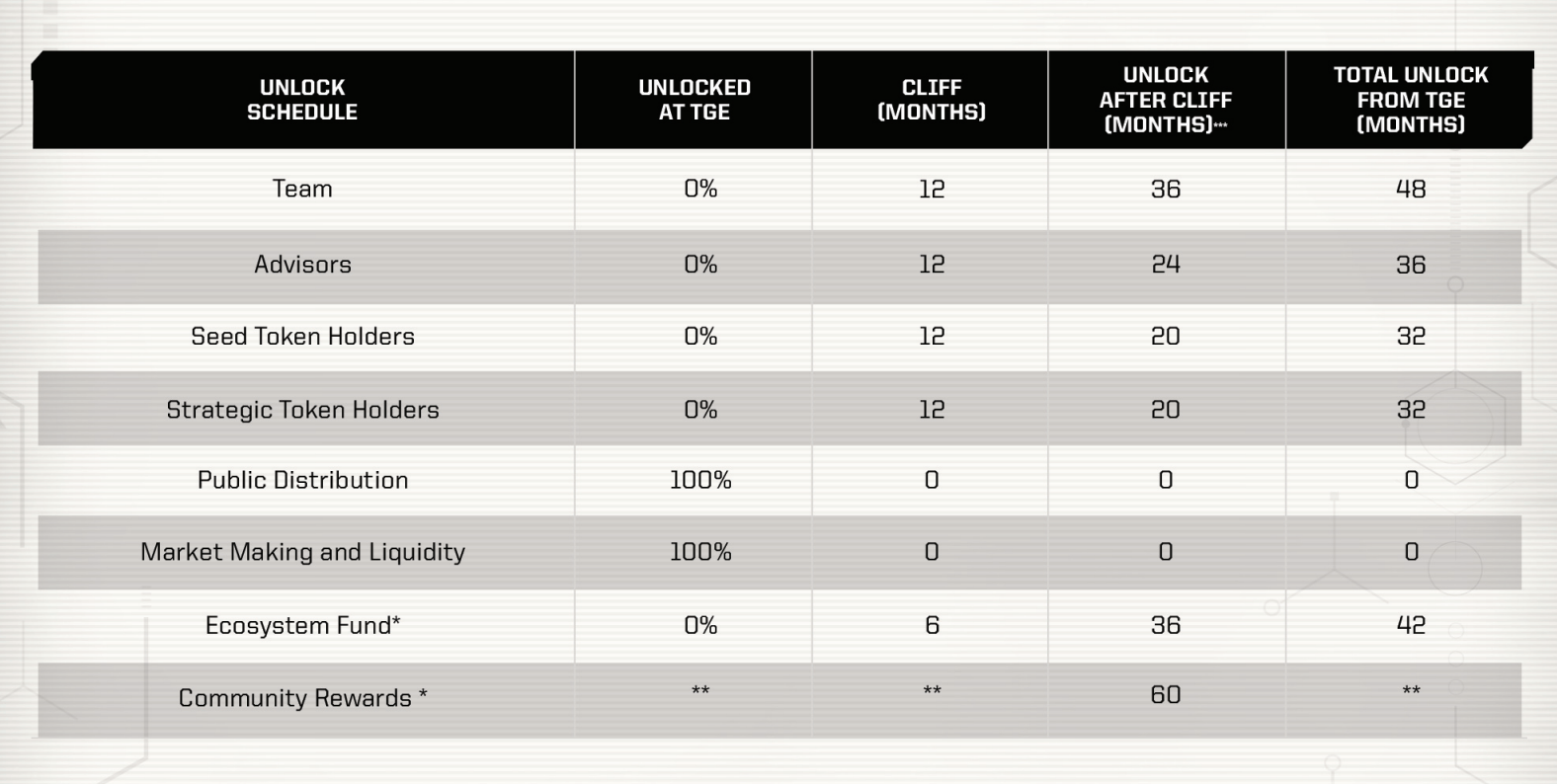Hold on to your hats, folks! If you thought the crypto markets were volatile, take a look at Wall Street. Yesterday saw a significant shakeup in the traditional financial world as all three major U.S. stock indexes took a nosedive. Was it just a blip, or is this the start of something bigger? Let’s dive into what happened and what it could mean for your investments.
Decoding the Stock Market Crash: A Sea of Red
The numbers don’t lie. The trading day concluded with a stark reminder of market volatility. Here’s a snapshot of the damage:
- S&P 500: Dropped by a staggering 4.84%
- Nasdaq: Tech-heavy Nasdaq took an even bigger hit, plummeting 5.97%
- Dow Jones Industrial Average: The stalwart Dow wasn’t spared, falling by 3.98%
To put this into perspective, these aren’t just minor dips. These are substantial declines that signal a significant shift in market sentiment. A near 5% drop in the S&P 500? That’s the kind of day that makes headlines and sends shivers down investors’ spines. This wasn’t just a bad day; it was a full-blown stock market crash for many.
What Triggered This Market Correction? Unpacking the Reasons Behind the Fall
So, what caused this sudden downturn? While pinpointing one single cause is often impossible, a confluence of factors likely contributed to this sharp market correction. Let’s break down some potential culprits:
- Inflation Fears Persist: Despite efforts to curb inflation, concerns remain about its persistence. Recent economic data might be suggesting that inflation is proving stickier than anticipated, leading to worries about more aggressive interest rate hikes.
- Interest Rate Hikes Loom Larger: The Federal Reserve has been raising interest rates to combat inflation. However, the market is now bracing for potentially larger and more frequent rate increases, which can dampen economic growth and corporate earnings.
- Geopolitical Uncertainty: Global events always cast a shadow over the markets. Ongoing conflicts and international tensions can create instability and uncertainty, prompting investors to pull back.
- Weakening Economic Data: Concerns about a potential economic downturn are growing. If economic indicators start to weaken, suggesting slower growth or even recession, investors tend to become risk-averse and sell off stocks.
It’s a complex web of interconnected factors, but the overarching theme is fear and uncertainty. The market hates uncertainty, and right now, there’s plenty of it to go around.
Investor Sentiment Takes a Hit: Are Panic Buttons Being Pressed?
Unsurprisingly, this market plunge has had a significant impact on investor sentiment. When markets experience such dramatic drops, fear and anxiety tend to creep in. Here’s how investor psychology might be playing out:
- Fear of Further Losses: No one wants to see their portfolio shrink. Large market declines can trigger panic selling as investors try to cut their losses and move to safer assets.
- Risk Aversion Rises: In times of market turmoil, investors generally become more risk-averse. They may shift away from stocks and other risky assets towards bonds, cash, or even precious metals.
- Long-Term vs. Short-Term Views: The market reaction often depends on whether investors are taking a long-term or short-term view. Long-term investors might see this as a buying opportunity, while short-term traders might be more inclined to sell and run.
Understanding investor sentiment is crucial because it can become a self-fulfilling prophecy. If enough investors panic and sell, it can exacerbate the market decline, creating a downward spiral.
Is This Just a Dip, or a Deeper Stock Market Decline? Navigating the Uncertainty
The million-dollar question everyone’s asking is: Is this just a temporary setback, a healthy stock market decline that will eventually recover, or is it the beginning of a more prolonged bear market? Unfortunately, no one has a crystal ball, but we can consider a few scenarios:
| Scenario | Description | Potential Impact |
|---|---|---|
| Short-Term Volatility | The market experiences a sharp drop but stabilizes and recovers relatively quickly. | Could be a buying opportunity for long-term investors. Short-term traders face higher risk. |
| Extended Correction | The market remains volatile for a longer period, with ups and downs but no clear upward trend. | Requires patience and careful portfolio management. Focus on quality assets and diversification. |
| Bear Market | A prolonged and significant market downturn, potentially lasting months or even years. | More challenging for investors. Requires defensive strategies, risk management, and potentially adjusting portfolio allocations. |
Predicting the future is impossible, but being prepared for different scenarios is essential. It’s crucial to stay informed, monitor market developments, and adjust your investment strategy as needed.
Actionable Insights: What Should Investors Do Now?
Seeing your portfolio value decrease can be unsettling, but it’s important to avoid knee-jerk reactions. Here are some actionable steps to consider in the face of market volatility:
- Stay Calm and Avoid Panic Selling: Emotional decisions are rarely good in investing. Resist the urge to sell everything in a panic.
- Review Your Portfolio: Assess your current asset allocation. Is it still aligned with your risk tolerance and long-term goals?
- Consider Diversification: A well-diversified portfolio can help cushion the blow during market downturns. Ensure you’re not overly concentrated in any single asset class.
- Think Long-Term: Market corrections are a normal part of the investment cycle. Focus on your long-term investment goals and remember that markets have historically recovered from downturns.
- Seek Professional Advice: If you’re feeling uncertain or overwhelmed, consider consulting with a financial advisor who can provide personalized guidance.
Remember, market downturns, even significant ones like this stock market decline, can present opportunities for savvy investors. It’s a time to be cautious, but also to be strategic.
Conclusion: Navigating the Stormy Seas of the Stock Market
Yesterday’s market plunge serves as a stark reminder of the inherent volatility of the stock market. The significant drops in the S&P 500, Nasdaq, and Dow Jones reflect deep-seated concerns about inflation, interest rates, and the potential for an economic downturn. While the immediate future remains uncertain, history teaches us that markets are cyclical. By staying informed, remaining calm, and focusing on a long-term investment strategy, investors can weather these stormy seas and position themselves for future growth. The key is to not panic, but to prepare and adapt.
To learn more about the latest crypto market trends, explore our article on key developments shaping Bitcoin price action.
News – BitcoinWorld – Read More










